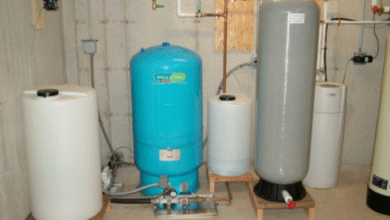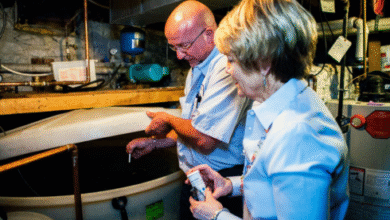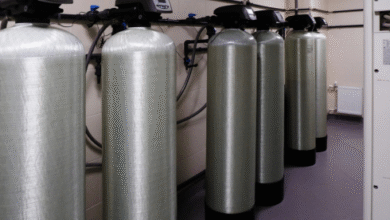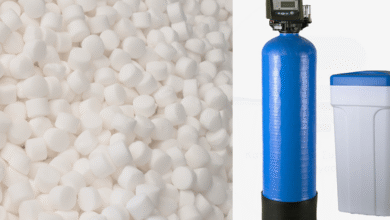When Clean Water Becomes a Lifeline: Understanding Arsenic in Wells and How to Protect Your Family
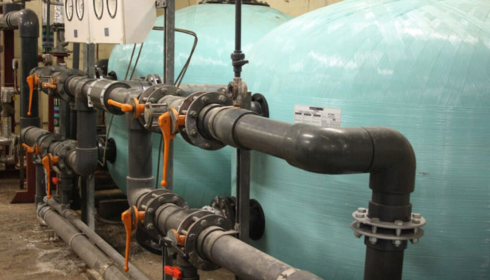
There are things in life we take for granted—like turning on the tap and expecting safe, clean water to flow out. For many families relying on private wells, though, that assumption can turn risky. Hidden beneath the surface, contaminants like arsenic seep into groundwater without warning signs. No smell, no taste, no obvious discoloration. Just invisible danger quietly flowing into glasses, cooking pots, and coffee makers.
It’s a chilling thought, but it doesn’t have to stay that way. With the right knowledge and tools, homeowners can protect themselves and their loved ones from something that’s been linked to cancers, skin conditions, and long-term health risks. Let’s talk about arsenic in well water—the problem, the solutions, and what you can realistically do about it.
How Arsenic Gets Into Well Water
Arsenic isn’t some rare chemical spill disaster. It’s naturally occurring in the earth’s crust, which means in certain regions it simply leaches into underground aquifers. If your property sits in one of those unlucky geological zones, it doesn’t matter how “pristine” the landscape looks—your well could still be drawing water laced with it.
The frustrating part? You can’t just look at your well water and know. Unlike iron or sulfur, arsenic doesn’t cause funky smells or stains. Only lab testing reveals the truth. Many states encourage annual well water testing, but too often, homeowners skip it—sometimes for years—until health departments raise alarms.
That’s why, if you’ve tested and found elevated levels, you’ll need a plan to remove arsenic from well water before it ever reaches your faucet.
Health Impacts Worth Taking Seriously
Arsenic exposure is slow and insidious. It doesn’t knock you out after a single sip, which is part of the danger. Instead, low-level ingestion builds up in the body over time. Studies have connected long-term arsenic exposure to bladder and lung cancers, diabetes, skin lesions, developmental effects in children, and cardiovascular problems.
It’s especially concerning for families with kids. Their smaller bodies and developing systems mean contaminants hit them harder. And while adults might not notice anything until years later, children can face growth and neurological challenges sooner.
This isn’t about fearmongering—it’s about being practical. Once you know arsenic is there, the smart thing is to treat it with the same urgency you’d apply to fixing faulty wiring in your home. Both pose hidden, avoidable dangers.
Options for Treatment: Whole House vs. Point of Use
Here’s where decisions get interesting. Not all households need the same approach. Some homeowners prefer whole-house solutions so that every tap—from the kitchen sink to the shower—is safe. Others only want guaranteed safety for drinking and cooking water, which leads them toward point-of-use systems under the sink.
A whole-house arsenic removal system for well water often uses technologies like adsorption media, reverse osmosis, or a combination designed for larger flow rates. It means peace of mind no matter where in the house water is used. On the other hand, point-of-use filters can be more budget-friendly while still delivering excellent protection at the kitchen tap.
Which is better? That depends on your budget, your family’s needs, and your long-term outlook. Think of it like choosing between insuring your entire car versus just the tires—it depends how much risk you’re comfortable carrying.
Why Not Just Boil It or Use a Pitcher Filter?
A common misconception is that boiling water makes it safe. Unfortunately, boiling won’t remove arsenic. In fact, it can make things worse by evaporating water and leaving a higher concentration of the contaminant behind.
As for those simple pitcher filters—while they’re great for improving taste or reducing chlorine, they’re not designed for heavy-duty contaminant removal like arsenic. This is a case where you need specialized filtration technology that’s been tested and certified for the job.
Choosing the Right Filter: What to Look For
Standing in front of rows of filters at a home improvement store can feel overwhelming. Labels promise clean water, fresh taste, even “advanced protection.” But when you’re dealing with something as specific and hazardous as arsenic, you don’t want to gamble.
Look for NSF/ANSI certification for arsenic reduction. Check flow rates, maintenance requirements, and replacement costs. Think about household size and water usage. It might feel like a lot to weigh, but it’s worth it. After all, the best water filter for arsenic removal is the one that fits both your family’s safety needs and your day-to-day lifestyle without constant headaches.
Maintenance: The Forgotten Piece of the Puzzle
Buying a system is only half the battle. Filters don’t last forever. Adsorption media become saturated, reverse osmosis membranes clog, and flow rates decline. If you forget to keep up with replacements, arsenic levels can creep right back up.
The best approach is to put maintenance on autopilot—set calendar reminders, sign up for supplier notifications, or even schedule professional servicing if that’s your style. It’s like oil changes for your car: you don’t skip them if you want the engine to last.
Real Stories: Why This Matters
I once read about a family in Maine who assumed their deep well water was perfectly clean. For years, they drank it, cooked with it, gave it to their kids. When one of the children developed unusual health issues, a local health outreach program tested their water. The arsenic levels were more than triple the safe limit.
It was a wake-up call, not just for them but for their neighbors too. Now, the family uses a certified system and spreads the word at community meetings. They often say: “We can’t believe we didn’t know sooner.”
That’s the reality for many. Awareness changes everything.
The Bigger Picture: Clean Water as a Right
Sometimes it feels unfair that basic water safety falls entirely on homeowners with private wells. Public water systems are legally required to monitor contaminants, but private well owners are left on their own. This gap means education and proactive action become essential.
It’s also why community testing drives, local outreach, and even neighbor-to-neighbor conversations can make a difference. You never know whose life you might impact just by mentioning the importance of testing.
Final Thoughts: Taking Back Control
Safe water isn’t something anyone should compromise on. If arsenic is present in your well, the good news is you’re not powerless. Testing tells you the truth, and treatment puts control back in your hands.
Whether you choose a whole-house system, a point-of-use filter, or consult professionals for tailored advice, the important step is to act. Once you make the investment, you’ll never look at a glass of water the same way again—except with gratitude and peace of mind.
Because at the end of the day, protecting your family isn’t about chasing perfection. It’s about making informed, practical choices that keep invisible dangers out of the home and health in your hands.
